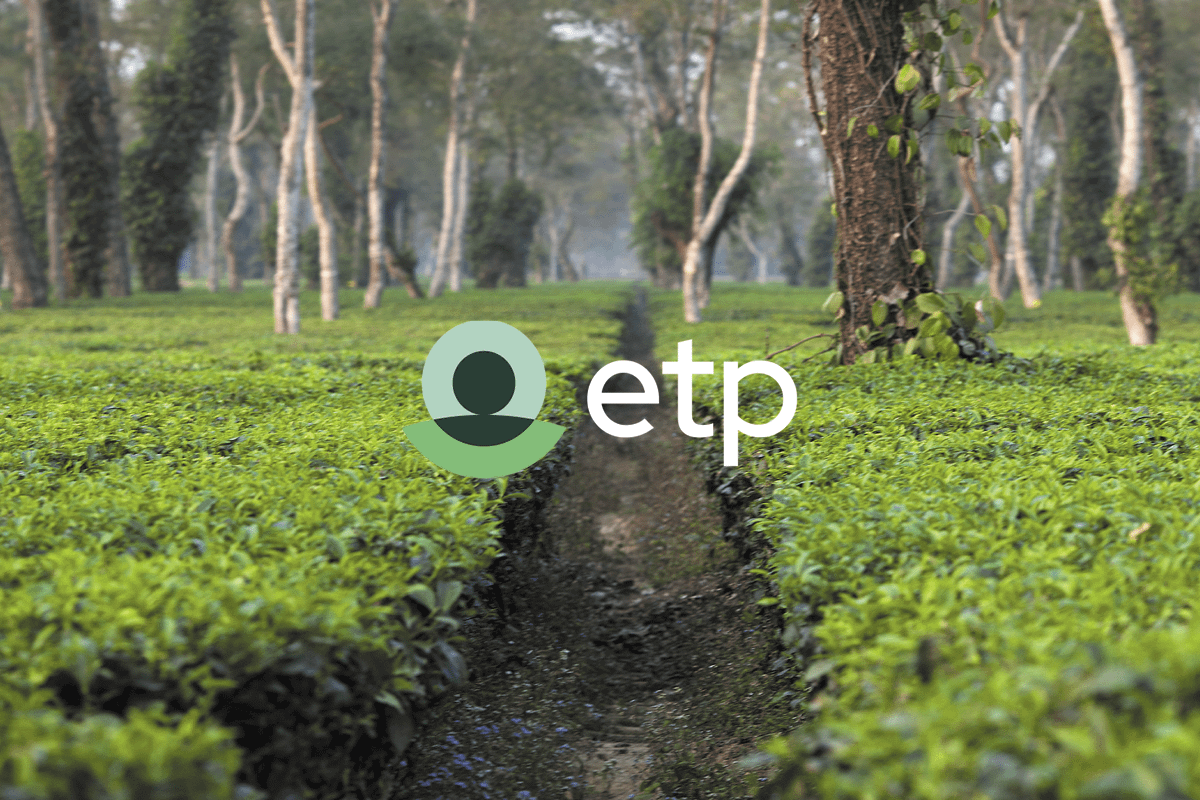Our Insights Lead, Tiphaine Valois, reflects on what she learnt when setting up our Global Impact Framework.
At ETP, all our global initiatives support our mission to catalyse long-term, systemic change to benefit everybody who works in tea – especially people in tea-producing regions.
Measuring our contribution to this change is no easy task. When I first joined the team, I committed to establishing ETP’s first ‘Global Impact Framework’ – bringing together the results and impact of our projects, private sector change, and policy initiatives worldwide.
Here’s my top five learnings on developing our framework.
1. Be clear on what your framework does and doesn’t do
When I joined ETP, categorising all the different data we hold helped me to understand what our Global Impact Framework would and – crucially – what it wouldn’t do.
It was soon clear that our framework will demonstrate the impact of our work against our Theory of Change. It won’t be a space to monitor our organisational success indicators, nor should it house any contextual data.
2. Build ownership
The most important thing for me was to ensure ownership of the framework across ETP.
From the start, I ensured that it was developed in consultation with my global colleagues. I created opportunities for relevant team members to feed into its conceptualisation – from technical working group meetings through to consultations with senior management.
Taking our team on this journey has been key to ensuring their buy-in and the framework’s long-term sustainability.









